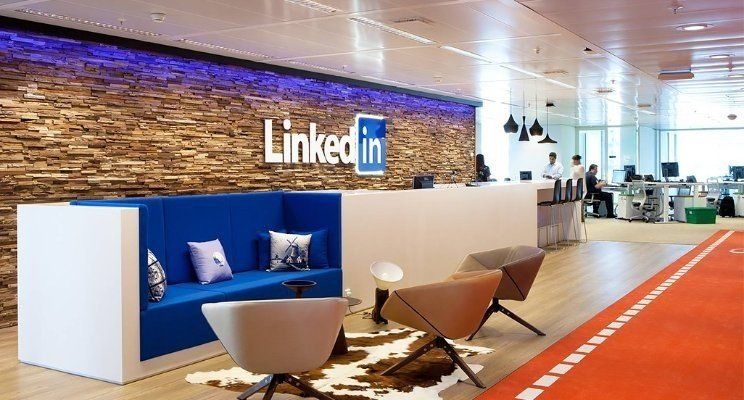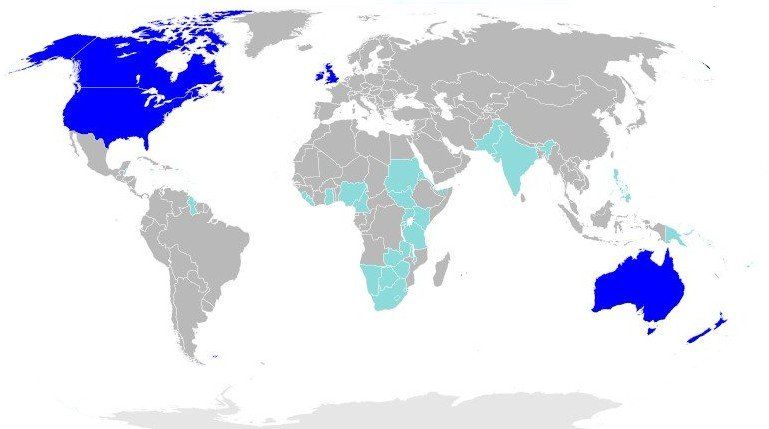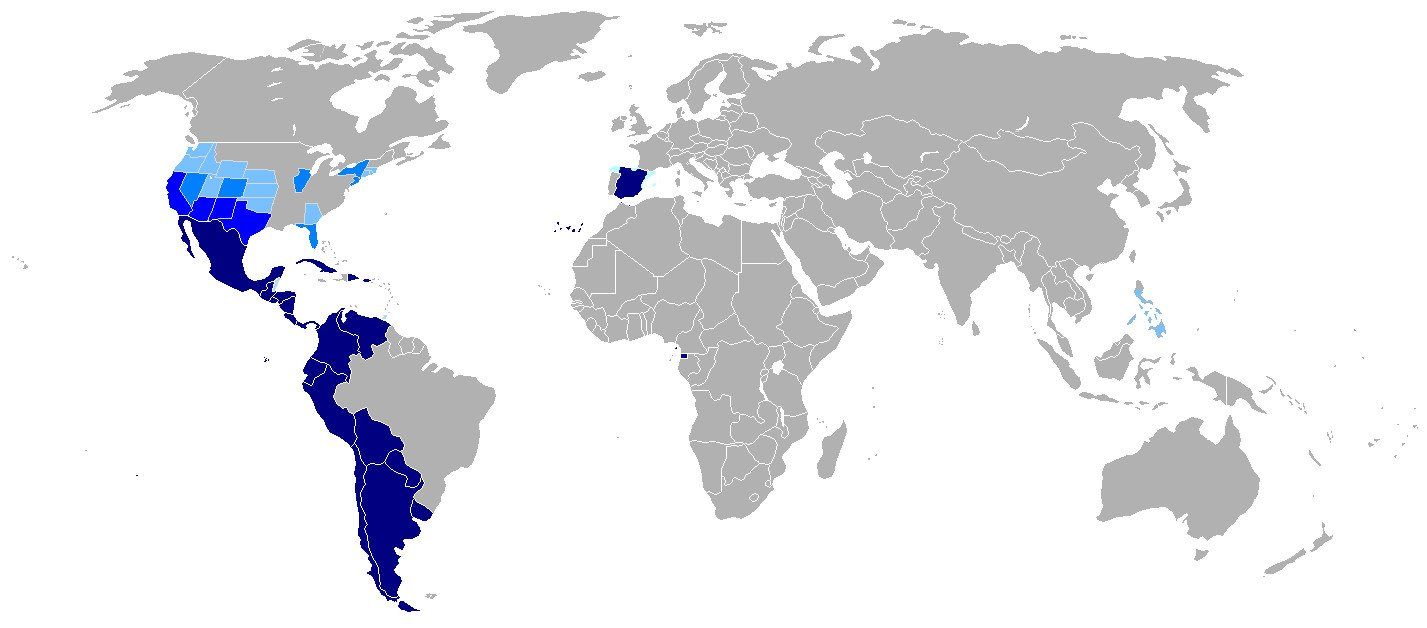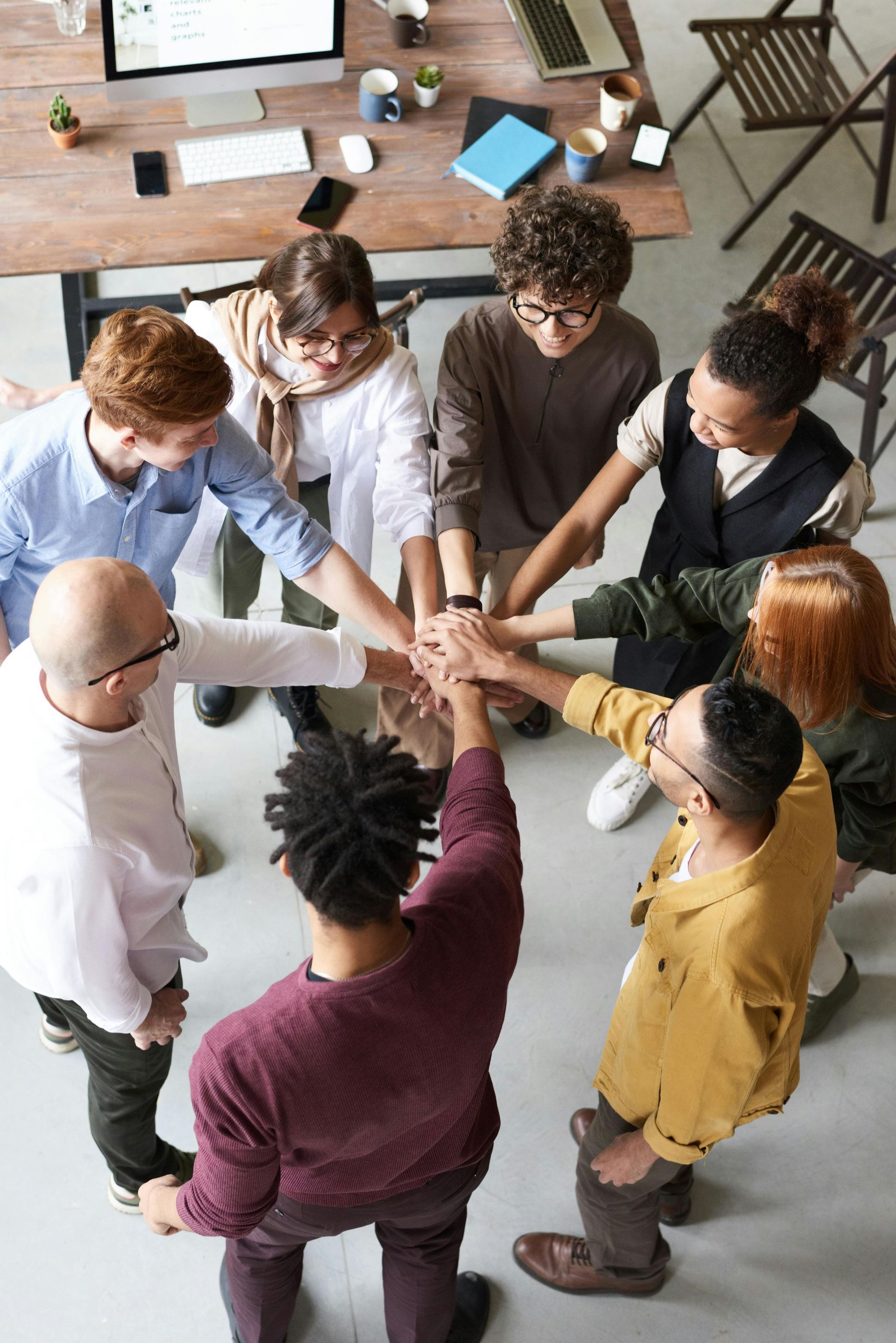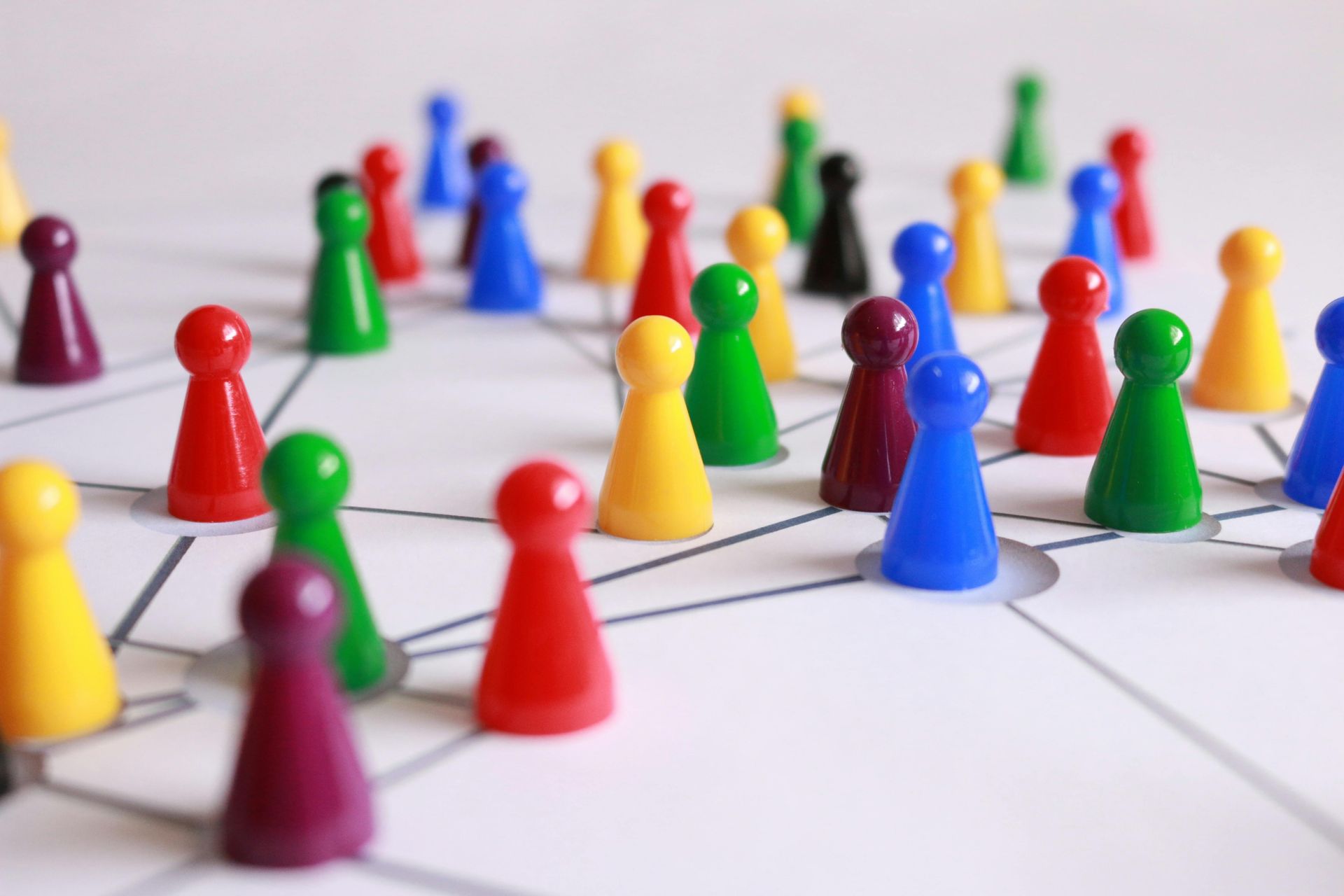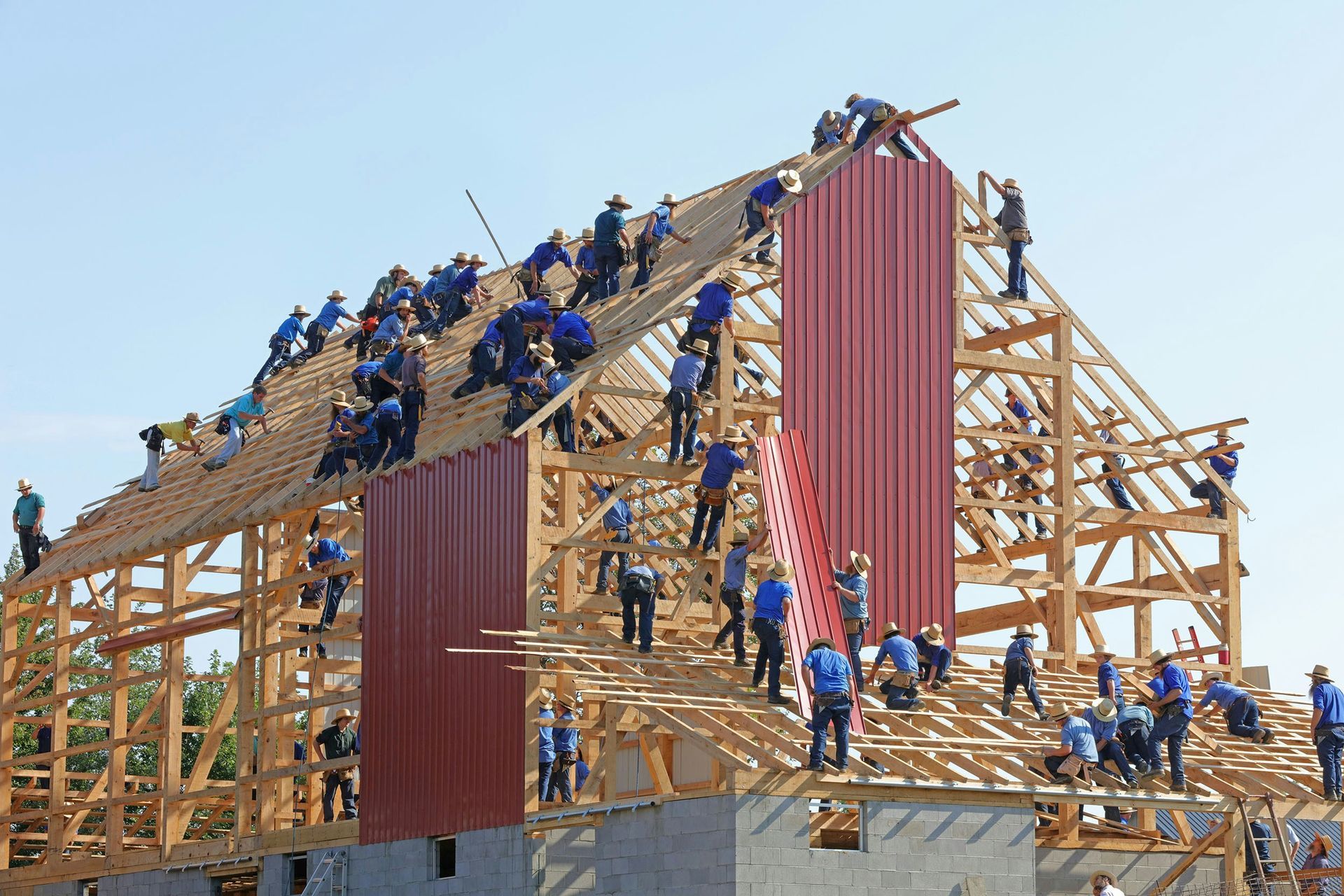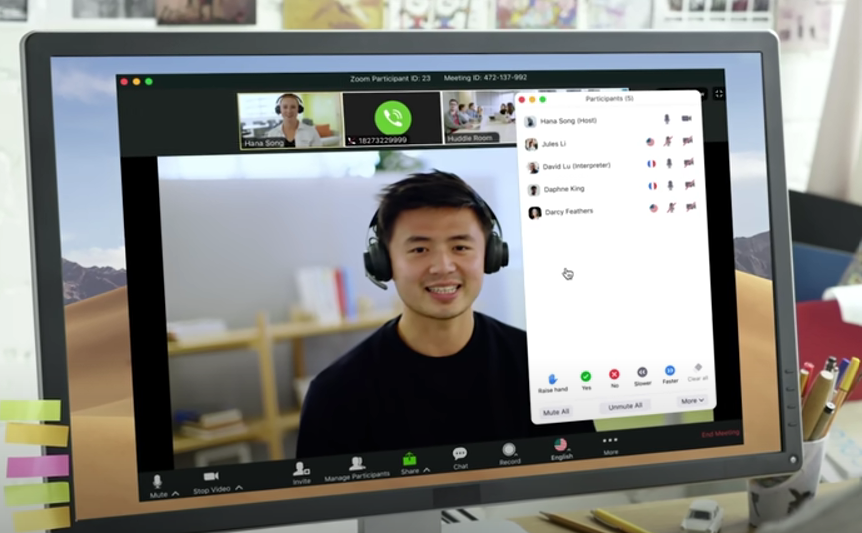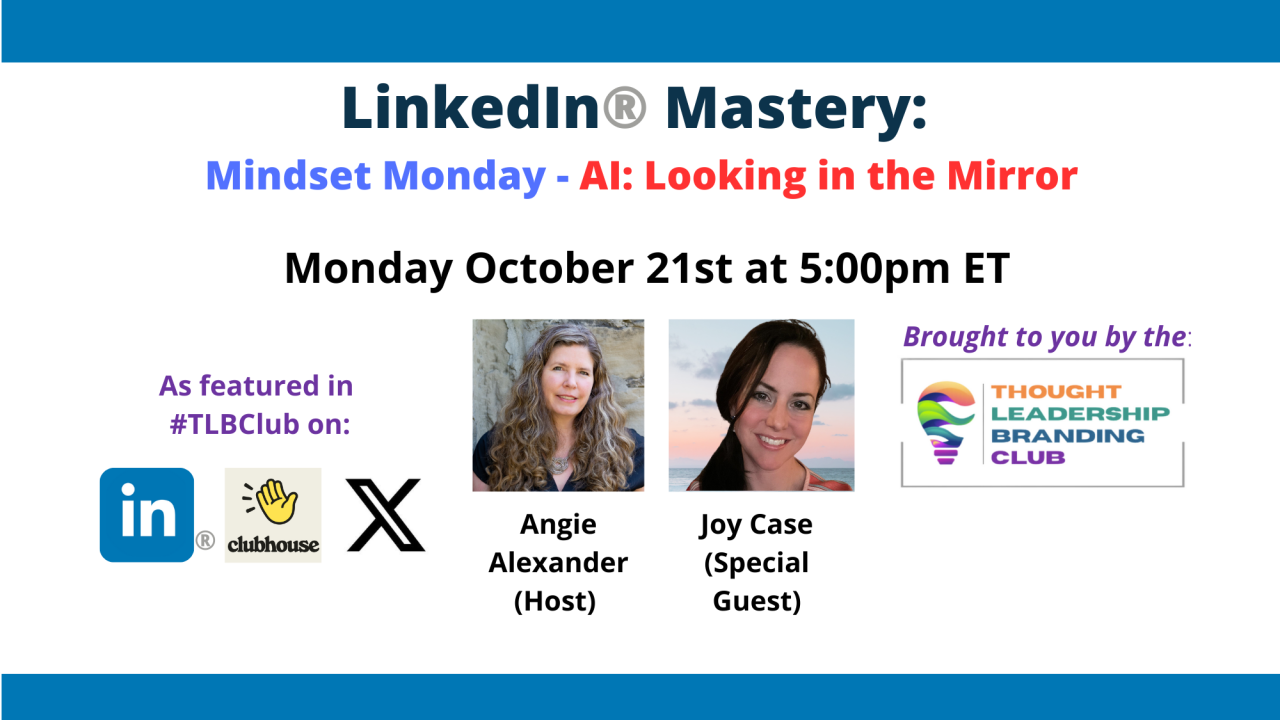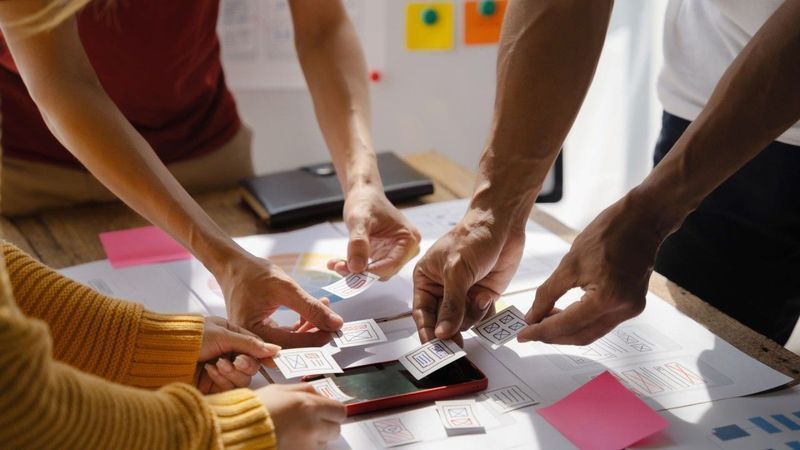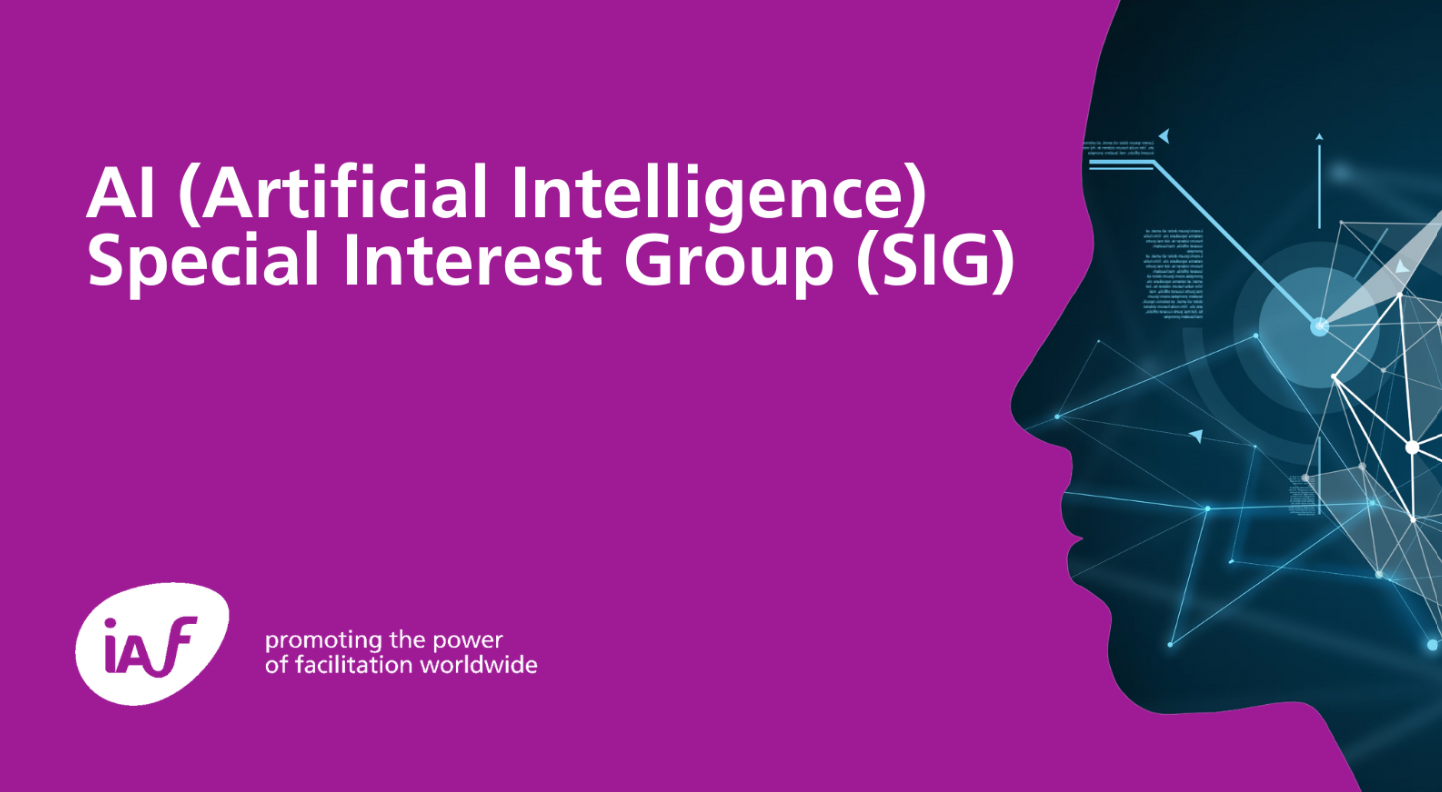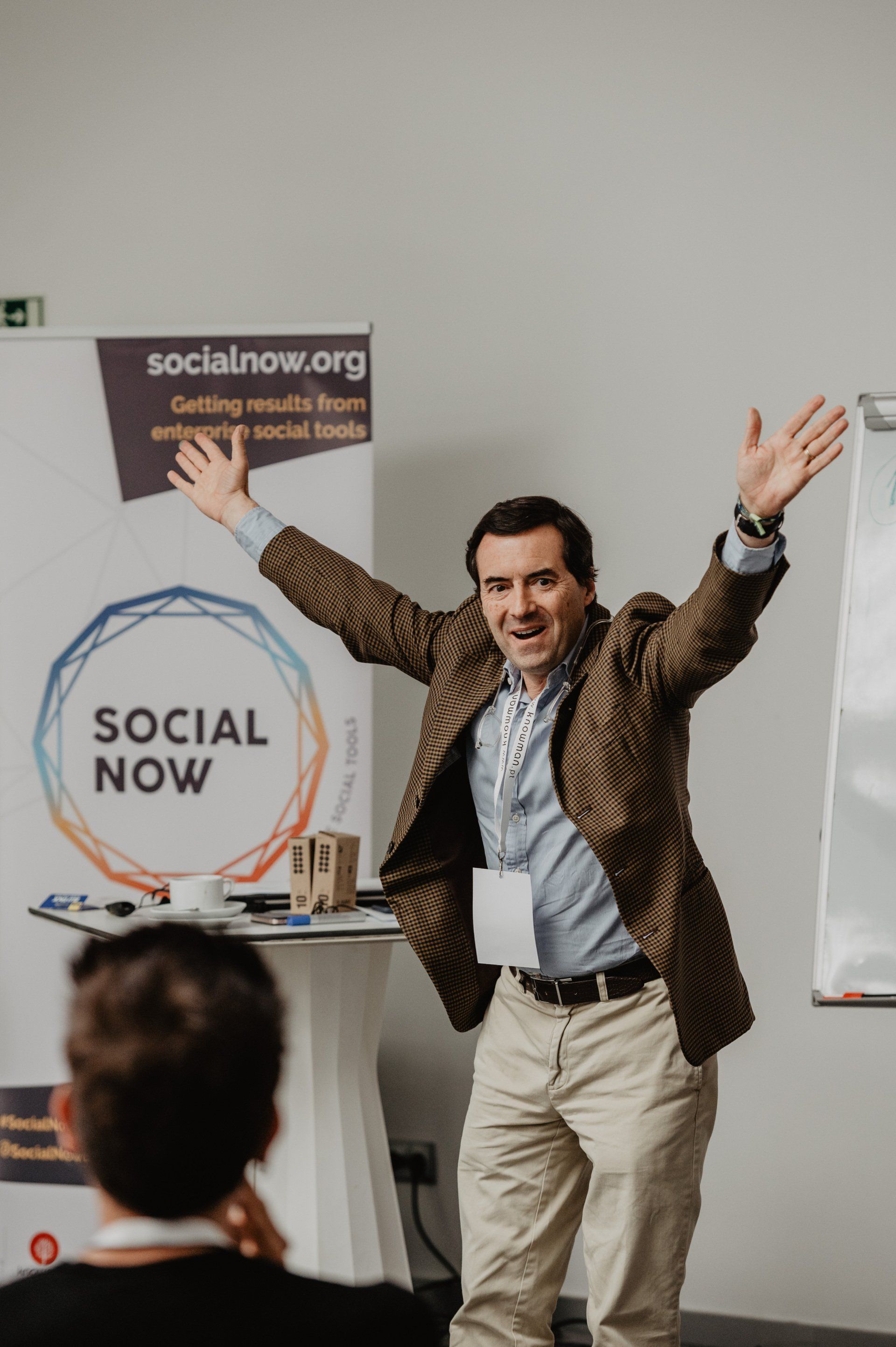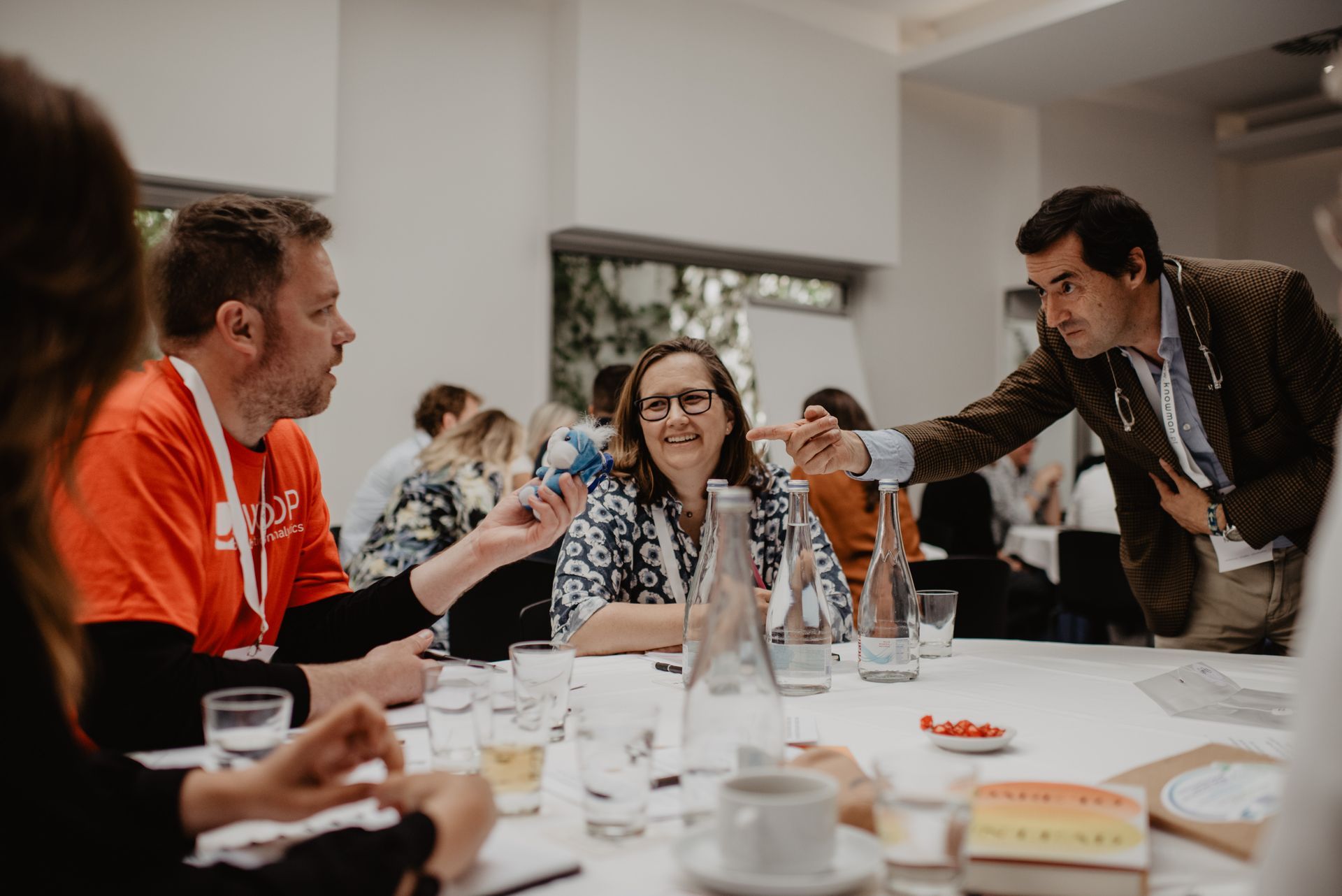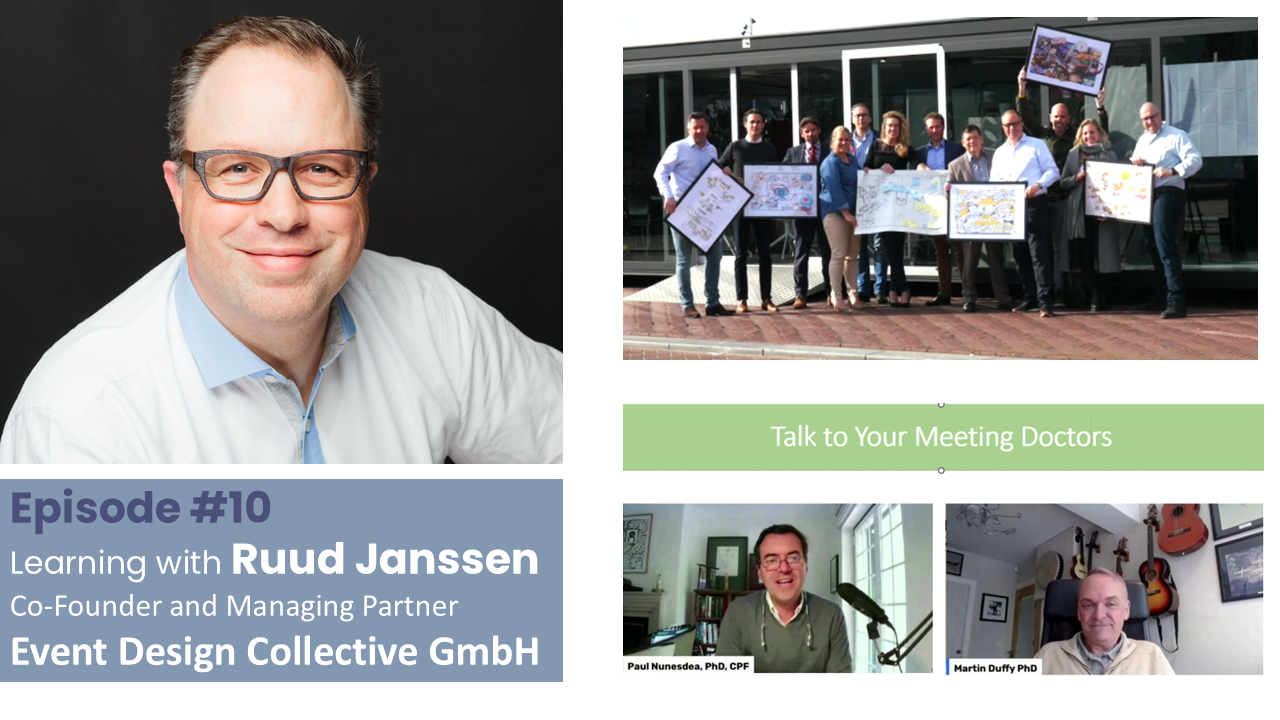
Why do I have 3 Linkedin profiles?
One in English, otro en Español e também em Português
Because I am a collaboration architect with an academic specialization in GDSS and only 0.0071% of the world population knows about my field of practice. Let's make a quick test, if you already know what is a GDSS (Group Decision Support System) please stop reading.
See? if you are still here, let me explain why I have created 3 Linkedin profiles
, one in English
, another in Spanish
and finally another in my native Portuguese
language.
The world's lingua franca
The total amount of native English speakers in the world is less than the Spanish and only one-third of the Chinese Mandarin but it is today the global trade language ( lingua franca ) used to make communication possible between people who do not share a native language. It would be a big mistake if I missed not having a Linkedin profile in this language.
There is an English resource ( Techopedia ) that defines GDSS:
Group decision support system (GDSS) technology supports project collaboration through the enhancement of digital communication with various tools and resources. These types of programs are used to support customized projects requiring group work, input to a group and various types of meeting protocols.
Because Wikipedia does not have an article with this title, the closest is Electronic Meeting Systems (EMS) - a type computer software that facilitates creative problem solving and decision-making of groups within or across organizations.
Why should you care about GDSS?
To be honest, you shouldn't. If you are not a CEO or someone who establishes Policies and makes high-level decisions in a large organization or in a region or a country, you can be happy for the rest of your life without knowing more about a GDSS than the definition above. However, if you want to learn more about it in English, please contact my Linkedin profile.
My previous company - groupVision - offers specialized training for consultants and group facilitators who want to become skilled in the use GDSS.
In this 5 minutes video , my former colleague Peter Beck explains how to use popular canvases to steer insightful conversations and dialogue in a team. GroupMap or MeetingSphere are great tools, among others, to design such canvases.
I also specialize in creating collaborative working environments where you do not need to use a GDSS to benefit from many other tools that support collaborative work, especially with visual interactive collaboration. A couple of tools that I like a lot are Trello and ConceptBoard because you can easily use them on any other interactive surface.
Check out an i nteresting video from Twente University about the kind of work I do with my technology partners and end-user customers, we create self-sustained collaborative working environments with visual collaboration technology.
If you want to learn more about GDSS products, please join this Linkedin group.
Mi perfil Linkedin en español
Las 0,0071% de personas el mundo que se pueden interesar por mi area de especialidad académica, se reducen a la mitad cuando hablo en español. Sin embargo, este es el segundo idioma materno más hablado en el mundo (5,85%) tras el mandarin (14%) con un total de 405 millones de hablantes
nativos y 570 millones en total.
La verdad es que sorprende mucho ver la cantidad de referencias 'GDSS' en Español, aunque la mayoría son entradas hechas por departamentos de informática de varias universidades que copian y pegan entre si el mismo contenido. En la web ' glosario it ' podemos leer:
( G roup D ecision S upport S ystems), Sistemas de Apoyo a Decisiones de Grupo. Cuando los grupos necesitan trabajar juntos para tomar decisiones semiestructuradas o sin estructura, un sistema de apoyo a decisiones de grupo puede plantear una solución.
La definición presentada se complementa bastante bien, cuando refiere que "los sistemas para decisiones de grupo están orientados para reunir a un grupo, a fin de que resuelva un problema con la ayuda de varios apoyos como votaciones, cuestionarios, aportación de ideas y creación de escenarios."
Las ventajas del anonimato
Una de la grandes ventajas en usar un software GDSS es que este es diseñado para minimizar el comportamiento negativo típico de un grupo, tal como la falta de participación debido al miedo a represiones por expresar un punto de vista no popular o conflictivo, dominación por miembros del grupo con voz dominante y la toma de decisiones de " pensamiento en grupo " o groupthink . Si deseas saber más sobre GDSS en español, conectate a mi perfil en español o visita nuestro informe en inglés: GDSS Report.
Otra parte importante de la actividad de nuestra empresa en España, tiene que ver con espacios colaborativos y tecnología visual interactiva.
O meu perfil Linkedin em português
Para poder abarcar o maior numero das 0,0071% de pessoas no mundo que sabem o que é um GDSS, a lingua portuguesa dá um importante contributo pois é o 6º idioma nativo
mais falado no mundo, o que é uma sorte para mim sendo a minha lingua materna.
Paradoxalmente, quando buscamos o anglicismo GDSS (Group Decision Support System) em português o número de entradas é muito reduzido, comparativamente ao idioma espanhol onde por norma os termos em inglés tendem a ser substituidos pela sua versão traduzida.
Na Wikipedia , há uma entrada que oferece uma definição genérica e bastante atual onde cabem os GDSS:
Sistemas Cooperativos ou Sistemas Colaborativos são Sistemas de Informação que fornecem suporte computacional aos indivíduos que tentam resolver um problema em cooperação com outros, sem que todos estejam no mesmo local, ao mesmo tempo.
Neste artigo referem-se algumas condições para que o trabalho em grupo seja bem sucedido, das quais destaco a seguinte que é muitas vezes subestimada:
Deve existir um contexto organizacional adequado e consistência de projeto do grupo.
Para concluir deixo aqui uma taxonomia completa desenvolvida por Yeimy Lorena Escobar R e que pode ser consultada aqui.
Para saber mais sobre GDSS poderá contactar com o meu perfil Linkedin em português ou unir-se a este Linkedin group.
Assim sendo, se somar a audiência potencial dos meus 3 perfis no Linkedin que potencialmente podem chegar respectivamente a 700 + 570 + 250 milhões de pessoas, consigo alcançar cerca de 20% da população mundial que vai crescendo inexoravelmente tal como as adesões diárias ao Linkedin.
About the author
Paul Nunesdea is the English pen name of Paulo Nunes de Abreu, Facilitator, Master of Ceremonies, Author, and Publisher of the book series - Architecting Collaboration, his LinkedIn profile can be reached here, or in Spanish here, or Portuguese here.
Paul is an IAF Certified Facilitator™ who designs and hosts events for clients ranging from large companies to municipalities and regional governments.
His academic background as a PhD researcher combined with +15 years of experience as a former CEO and entrepreneur has sharpened a client-serving mentality eager to co-create win-win solutions. As an NGO founder, he co-founded Digital Health Portugal and hosts the Health Regions Summit, the Health Data Forum among other initiatives.
As both a GroupMap™ and Howspace™ certified facilitator he co-founded the Digital Collaboration Academy with renowned facilitator Peter Seah united by the vision of creating and sustaining a new emerging field - Digital Facilitation - augmented by the core competencies of the IAF - International Association of Facilitators.

Follow Us
"Be brave enough to start conversations that matter and shift the direction of change for the better."
col.lab | collaboration laboratory is a spin-off from the book series " Architecting Collaboration " and our privacy policy can be consulted here
My Meeting Support is an event services brand by col.lab | collaboration laboratory






